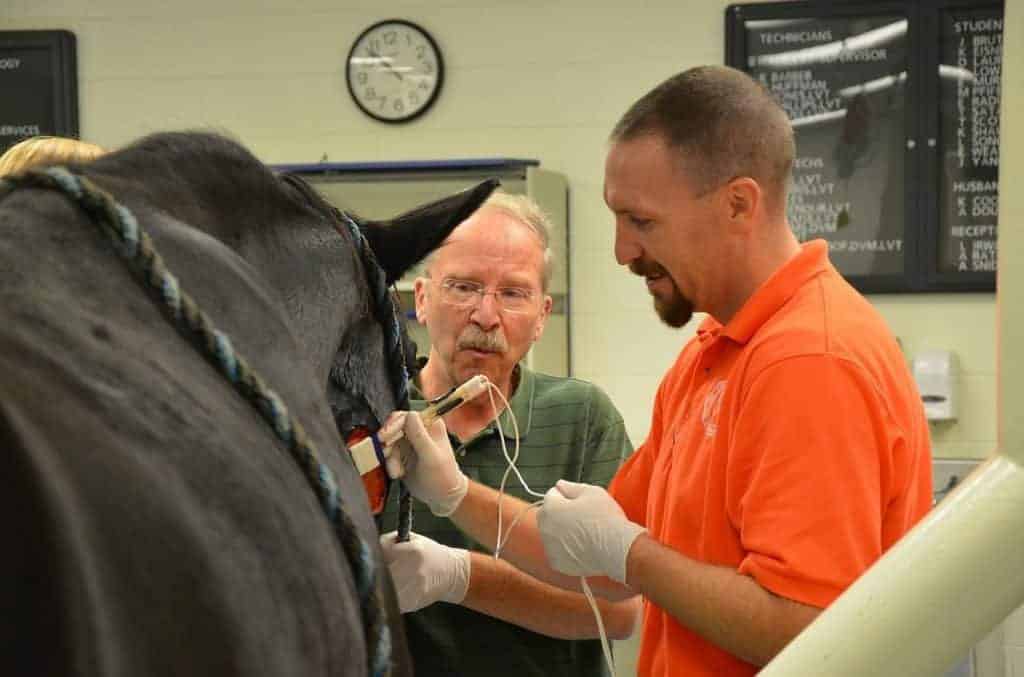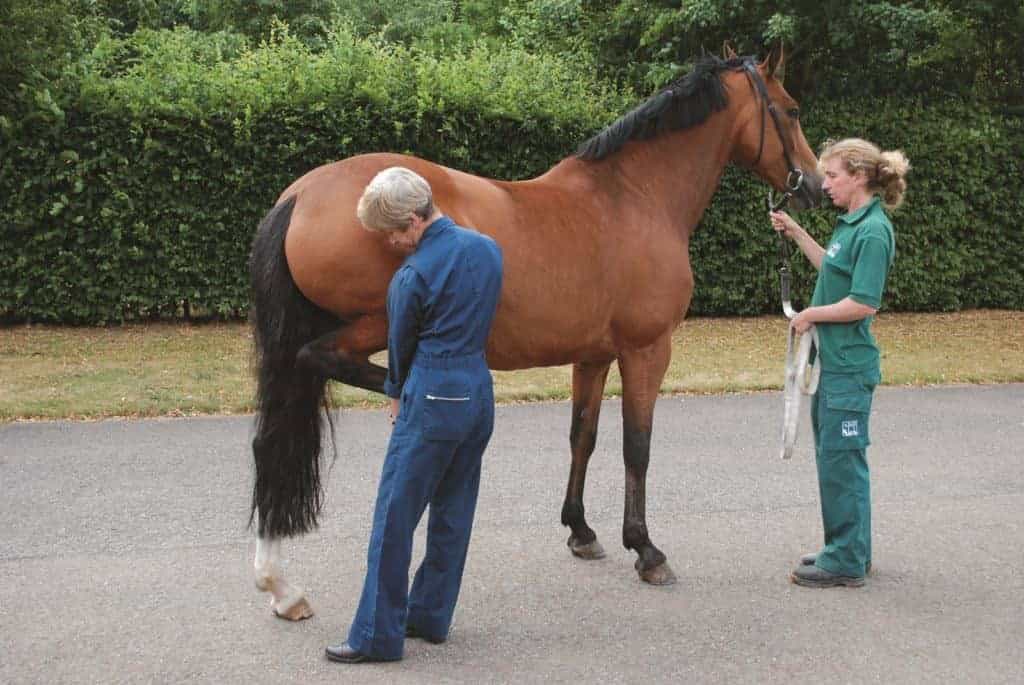High-Tech Horse Scanner is a First for Western Australia
Murdoch University’s new CT scanner is large enough to accommodate horses, as well as smaller animals.
Murdoch University’s new CT scanner is large enough to accommodate horses, as well as smaller animals.

The simulator is designed to let veterinary students master injection skills before working with a live horse.

The treatment, called H-FIRE, delivers a short burst of electricity into specific places in the tumor.

Dr. Amy Johnson explains the grain test she uses to test whether or not horses have botulism.

The system is designed to allow radiation oncologists to deliver powerful treatments with pinpoint accuracy.

Learn about equine intra-articular joint-injections for arthritis from a leading researcher and practitioner.

For years three major parts of Phar Lap’s body have been housed in pieces at three museums in two countries.

The simulator allows students practice joint injections before trying their hands at injecting a live horse.

Researchers say third trochanter fractures probably aren’t career ending and generally heal without surgery.

The Animal Health Trust orthopedics team performs cutting-edge research of equine anatomy and function.

Researchers are investigating the use of smart textiles and technology in equine science.
The CE will be a part of the dedication ceremony for the new TrueBeam linear accelerator.

Researchers found that Neospora hughesi is being identified in horses across the United States.

Researchers believe variables such as breed and geographic location might impact horses’ blood test results.

Colors displayed by Doppler ultrasonography could help vets better follow tendonitis’ healing processes.

Dr. Gary Priest of Versailles, Ky., presents equine respiratory disease case studies identified via dynamic endoscopy.
Stay on top of the most recent Horse Health news with
"*" indicates required fields